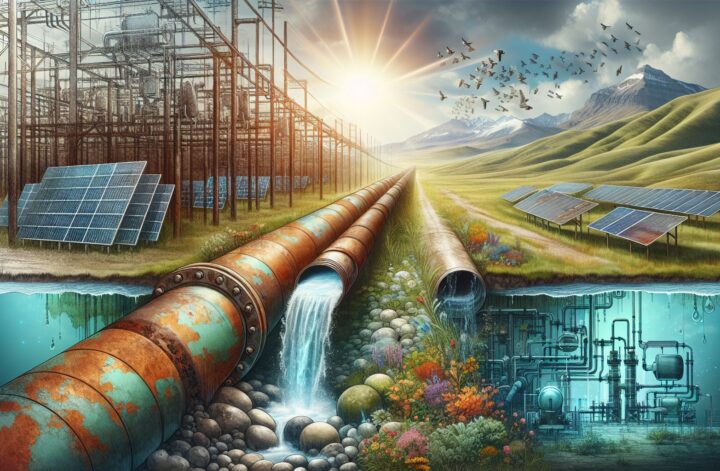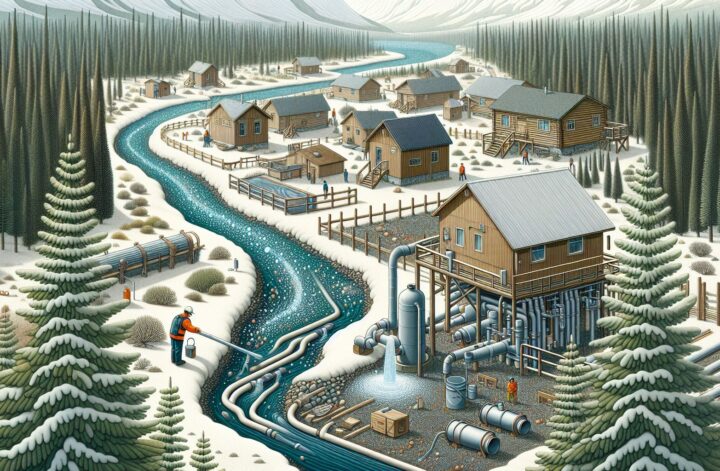Montana, vast in countryside landscapes and rich in natural resources, as inviting as this picture might be, the state has been grappling with the reality of underdeveloped and ageing rural water and wastewater systems. Water is an essential aspect of life and the inefficiencies present in Montana’s rural water management are worth exploring.
Groundwater is the primary source of drinking water in rural Montana, home to about 46% of the state’s population. However, the contamination of these groundwater wells by human and natural activities poses a significant risk. The Montana Department of Environmental Quality (DEQ) has reported instances of nitrates, arsenic, selenium, and uranium contaminants in the water supply, causing serious health risks (1).
Rural areas lack the infrastructure for effective wastewater treatment. As per a 2017 report provided by the Montana Department of Natural Resources and Conservation, many remote communities rely on individual septic systems. These are oftentimes outdated or inadequate, leading to surface and groundwater contamination (2).
The funding required for proper revamping of the rural water and wastewater systems is significant. According to the American Society of Civil Engineers’ 2018 report card, Montana would need approximately $1 billion investment in drinking water infrastructure over 20 years to ensure safe and clean drinking water (3).
Solutions proposed include securing appropriate funding through state, federal, and private sources. There’s also a call for utilizing modern technologies to improve the efficiency and sustainability of water and wastewater systems. Educating residents about water conservation and the implication of wastewater mismanagement can also go a long way in improving the situation.
Progress has commenced with some local communities introducing innovative solutions. For instance, the Blackfeet Tribe in NW Montana has incorporated a community-based participatory approach to manage their water and wastewater systems effectively.
The distant geographical location of Montana’s rural communities does amplify the challenges faced. But with strategic planning, focused investment, and public participation, Montana is capable of overcoming its rural water and wastewater woes.
The struggle for clean, consistent water supply and effective wastewater treatment is not confined to Montana alone. It is a nationwide concern requiring coordinated efforts and comprehensive solutions. Therefore, the experiences and lessons learned from Montana can also benefit numerous other rural communities across the country grappling with similar issues.
Sources:




